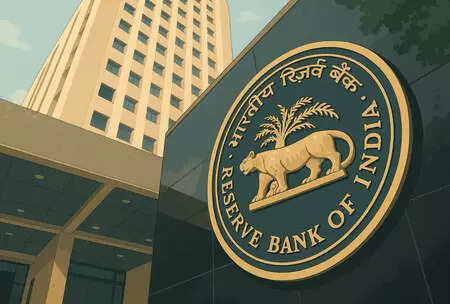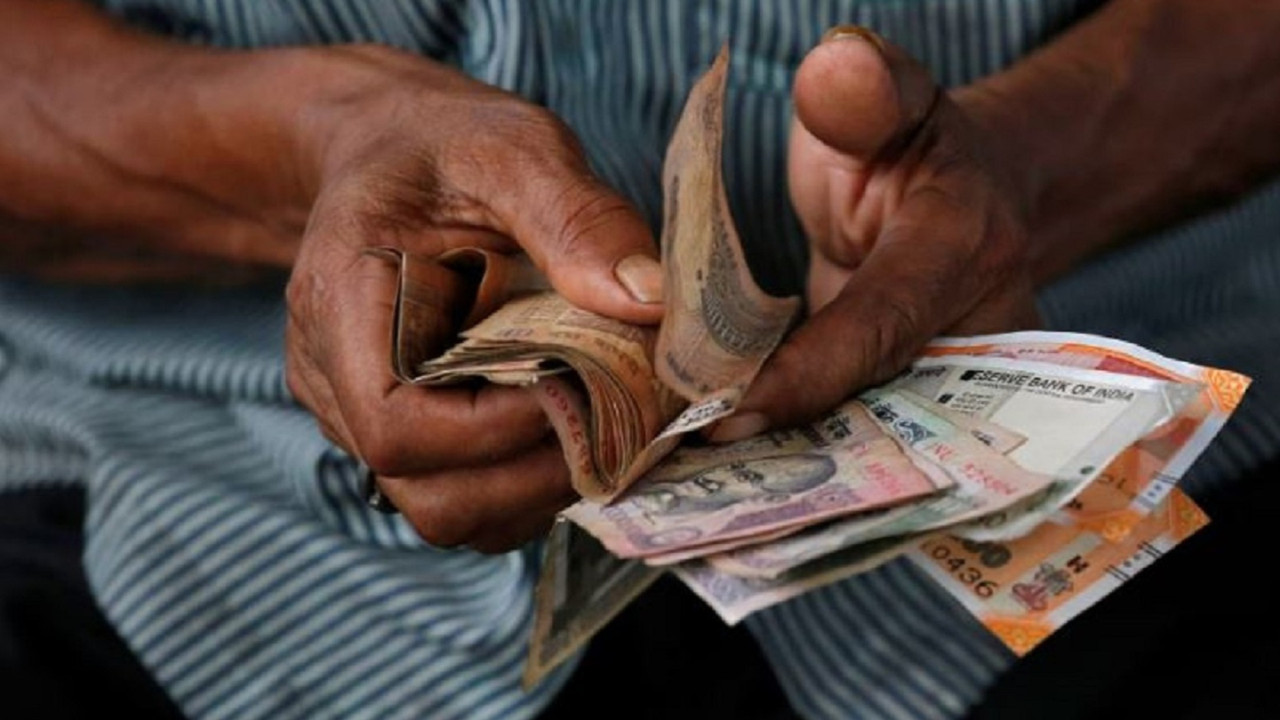India’s external debt experienced a 10% surge, reaching $736.3 billion by March 2025, with the debt-to-GDP ratio slightly increasing to 19.1%. The non-financial corporate sector held the largest share of borrowing, while loans constituted the major component of the total external debt. The US dollar remained the dominant currency in India’s foreign borrowing.
Decoding India’s Rising External Debt: What Does It Mean for the Future?
India’s financial landscape just got a little more intricate. The latest figures reveal a significant climb in the nation’s external debt, reaching a hefty $736.3 billion by the end of fiscal year 2024-25. That’s a 10% jump from the previous year, prompting a closer look at the factors at play and what this could mean for India’s economic trajectory.
But before you envision towering stacks of IOUs, let’s put this figure into perspective. While the increase is undeniable, the debt-to-GDP ratio, a crucial indicator of a country’s ability to manage its liabilities, nudged upwards only slightly to 19.1%. This suggests that while the debt is growing, so too is the Indian economy, offering a degree of comfort.
So, what’s fueling this rise in India’s external debt? Several elements are contributing to this financial upswing. One significant factor is the increased commercial borrowings. Indian companies are tapping into global markets to finance expansion and growth opportunities, taking advantage of potentially lower interest rates or access to larger capital pools. This entrepreneurial spirit, while positive for economic expansion, inevitably adds to the external debt ledger.
Another key element is the fluctuations in the value of the Indian rupee against the US dollar. A weaker rupee automatically inflates the dollar-denominated debt when converted into Indian currency for accounting purposes. Imagine owing $100 when the exchange rate is ₹70 per dollar, compared to owing the same amount when the rate is ₹80 – suddenly, your debt appears significantly larger in local currency terms.
Deeper Dive: Who are India’s Creditors?
It’s not enough to simply know the size of the debt; understanding its composition is equally important. A substantial portion of India’s external debt is held by non-resident Indians (NRIs) in the form of deposits. These deposits, attracted by competitive interest rates, represent a stable and reliable source of funding. However, they are also sensitive to changes in interest rate differentials and investor sentiment, making them a potential source of volatility.

Another significant chunk is attributed to loans, primarily commercial borrowings by Indian companies and government entities. These loans are often used to finance infrastructure projects, industrial expansion, and other key developmental initiatives. The terms and conditions attached to these loans, including interest rates and repayment schedules, play a crucial role in determining the overall sustainability of the debt.
Is This Cause for Concern? The Risk Factors
While the slight increase in the debt-to-GDP ratio offers some reassurance, ignoring the rising external debt would be imprudent. Several potential risks need to be carefully managed.
Firstly, currency volatility remains a persistent threat. A sharp depreciation of the rupee could significantly increase the burden of servicing dollar-denominated debt, making it more expensive for Indian companies to repay their obligations. This could lead to financial distress and potentially impact overall economic stability.
Secondly, a rise in global interest rates could also pose challenges. As interest rates rise in developed economies, the cost of borrowing in international markets increases, making it more expensive for Indian companies to refinance existing debt or raise new capital.
Finally, changes in investor sentiment could lead to capital outflows, putting pressure on the rupee and potentially triggering a debt crisis. Maintaining investor confidence through sound macroeconomic policies and a stable political environment is therefore paramount.
The Path Forward: Sustainable Debt Management
So, how can India navigate this rising tide of external debt? The key lies in proactive and sustainable debt management strategies. Diversifying the sources of external funding, promoting exports to generate foreign exchange earnings, and carefully managing the exchange rate are all crucial steps. Investing in infrastructure and human capital will lead to further economic growth, allowing India to continue to easily service its debts.
Furthermore, strengthening domestic financial markets and reducing reliance on external borrowing can help to insulate the economy from external shocks. Encouraging domestic savings and promoting financial inclusion can also contribute to a more resilient and sustainable financial system. Investing heavily in the manufacturing and service sector will also boost exports and help manage the external debt to GDP ratio.
This isn’t about hitting the panic button, but rather about recognizing the need for vigilant monitoring and strategic action. India’s economic story is still being written, and how it manages its external debt will play a significant role in shaping its future. For instance, linking this with the growth of India’s startup ecosystem and how they are attracting foreign investments could provide a good narrative. (Here’s an article on the future of Indian startups).
In Conclusion:
While the increase in India’s external debt warrants attention, it’s not necessarily a cause for alarm. The key lies in maintaining a prudent approach to debt management, focusing on sustainable growth, and mitigating potential risks. By adopting sound economic policies and fostering a stable investment climate, India can successfully navigate this challenge and continue on its path to becoming a global economic powerhouse.







